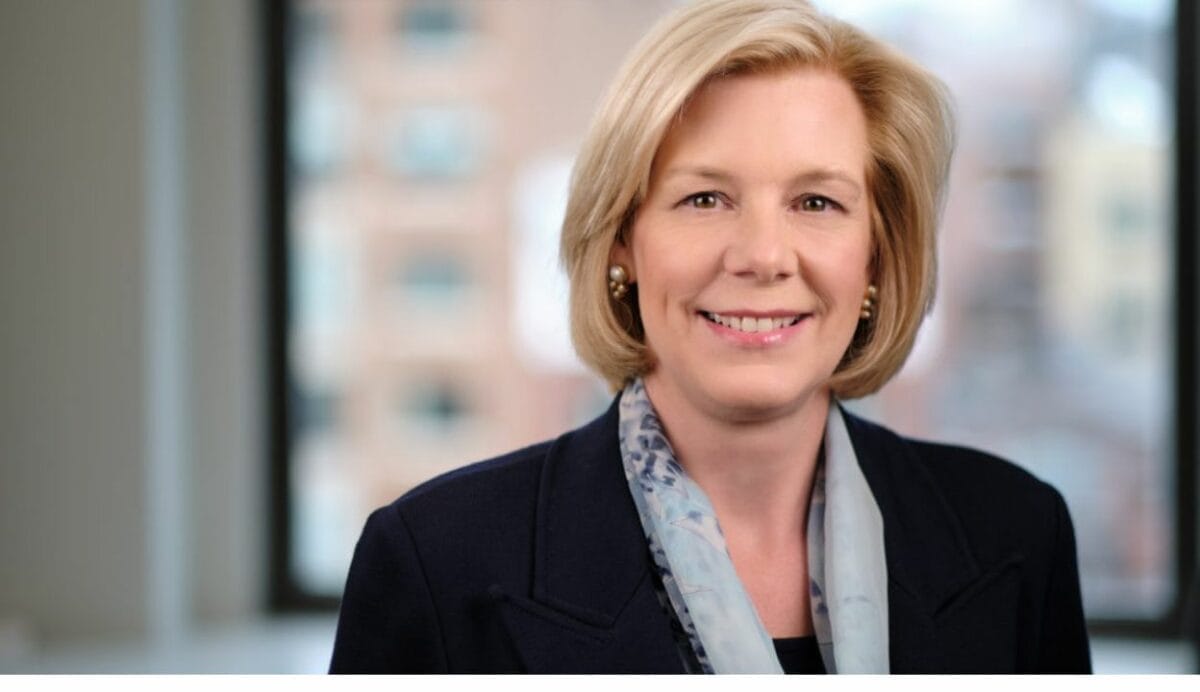Singapore’s sovereign wealth fund GIC and PGIM, one of the world’s largest asset managers, have collaborated to develop a world-first asset allocation framework that explicitly models the impact of private assets on total portfolio liquidity, incorporating both the top-down allocation view and the bottom-up cash flow view.
Grace Qiu, senior vice president in the economics and investment strategy department at GIC and one of the authors of the model, says one of the motivations in designing the frameworkwas to understand liquidity risk in the context of failing to meet liabilities, or capture attractive opportunities because of market dislocation.
Liquidity, or illiquidity, shouldn’t be viewed in the context of private asset allocations alone, Qiu explains, but also total portfolio construction issues such as rebalancing activities. By modelling liquidity at the total portfolio level, liquidity can be traded with other dimensions of risk.
During volatile periods rebalancing is key to capture mean reversion, Qiu says, and illiquid investment allocations can impact the ability to rebalance. Another total portfolio implication is the opportunity cost of locking up capital that subsequently can’t be used for opportunities in a market dislocation.
“Many top-down asset allocation models don’t capture the bottom-up. We wanted to capture both the bottom-up and top-down and get the liquidity risk at the total portfolio level,” she says.
“Private assets have their merits; they may generate higher returns and there is diversification from public market volatility, but there are trade-offs and we model those so we can make more informed decisions.
“The trade-off between higher returns and liquidity is not an easy decision for all of us. Illiquidity risk is not linear and changes with market conditions. This model is very customisable for different investors who can put in their own capital market assumptions, return assumptions and cash flow assumptions. Our hope is it helps investors make better asset allocation decisions.”
The model, which is outlined in the paper Building better portfolios: balancing performance and liquidity, was developed after more than a year of collaboration between GIC and PGIM.
PGIM, which had an existing relationship with GIC, had worked on a framework to bring liquidity to the forefront in asset allocation, and published the paper The trade off between performance and liquidity in January 2019.
Bruce Phelps, who heads up the IAS division at PGIM a research department separate from the investment business, says asset allocation models had not previously treated private assets properly.
“A lot are just modelled as a public asset and put into asset allocation tools developed a long time ago, and out would come an allocation,” he says. “We found that risk measured as volatility was not the right way to think about it. Public and private assets are very different: with private assets, cashflows are uncertain, you can’t sell them, and they may ask for more money from you. We felt that when we started working on this there wasn’t a true appreciation for the attributes of private assets. So we built a framework to bring liquidity to the forefront and be faithful to the characteristics of private assets.”
Phelps and principal author of the report Junying Shen, focused on explicitly bringing liquidity to the forefront, to look at the playoff between returns and liquidity requirements, rather than return and volatility tradeoffs which had been the more traditional modelling approach.
“We said ‘if you want to have this degree of liquidity in the portfolio what type of performance might you expect?’ The CIO can make the choice about how much liquidity they wanted, and we can help them see the type of return they can get. We wanted to give a CIO a framework to see the tradeoff and make the decision. If you’re saying I need to get 8 per cent return then are you willing to live with a 5 per cent chance you will run out of money?”
GIC’s Qiu and her colleague Ding Li saw the original PGIM paper and contacted Phelps and Shen with some ideas on how to enhance it. GIC, which has more than $100 billion in assets, has a target allocation of about 25 per cent of the portfolio in private assets and liquidity is something it carefully considers in portfolio construction.
“We got a call from GIC saying they wanted to meet and talk about what we were missing – which was incorporating the private asset commitment strategies,” Phelps says. “We are not a GP firm, so we didn’t know much about the mechanics of PE investing. Ding and Grace have responsibility for portfolio construction, and they said to us ‘it’s an interesting framework but it could incorporate the top-down and the bottom-up, including the commitment strategies which will deliver cashflow’. This was a great observation and really helped bring the whole thing together.”
PGIM and GIC worked on refining the model for about a year, with Shen modelling the private assets and commitment strategies and how they would interact with public assets. The result was fuller asset allocation model.
Shen, who is a senior associate at PGIM, says the collaboration with GIC brought to the fore the importance of the bottom-up investing view as part of the asset allocation process. Working with GIC also demonstrated the differences in obligations and liquidity needs for different institutional investors.
The result is the model allows for investors to visualise the distribution of cashflow in different possible scenarios.
“We can model the cashflow using a framework with different market scenarios – like an L-shape or a V-shape – and what type of cashflow investors would experience,” Shen says. “We can change different variables like allocation to private assets, commitment strategies and how the cashflows of private assets will vary. We can integrate all the information giving investors a holistic view of how they think about portfolio performance and liquidity.”
COVID-19 applications
The framework can be used for stress testing different scenarios including different recovery scenarios for the current economic crisis.
Kevin Bong, who is the director of economics and investment strategy at GIC, says the paper demonstrates that the shape of a correction and recovery will impact the liquidity of the portfolio.
“This is salient for every investor with regard to the COVID-19 recovery,” he says.
“For us the most important thing is that we think about the liquidity of the portfolio both in terms of the long-term portfolio construction and design perspective taking into account liabilities, as well as shorter term market cycles,” Bong says. “It is clear to us that the longer the duration of a downturn, the deeper the downturn, it will have an especially strong impact on the liquidity of the portfolio, our risk appetite and the rebalancing impact.”
The paper explicitly shows that a slow downturn and recovery will impact the portfolio more significantly than a V-shaped, quick recovery.
“During a long lasting downturn, investors can experience bigger liquidity demands, which can also come from private asset drawdowns from prior commitments and total portfolio rebalancing,” Shen says. “All of this can impact the liquidity of the total portfolio quite a lot. The duration of a downturn makes a difference. When you design a portfolio you need to remember that and account for scenarios with a longer lasting recovery.”
Bong says the model is one of a variety GIC uses to make asset allocation decisions.
“It has sharpened our ability to understand what the trade-offs are from a long-term design perspective,” he says. “It has heightened our ability to look at the importance of liquidity. We haven’t made any specific asset allocation changes, but it gives us more confidence in how to manage the liquidity.”
PGIM’s Phelps says the model is a highly-customisable tool for CIOs to analyse liquidity and performance.
“Leading up to the COVID-19 crisis CIOs still had the 2008 crisis in the back of their minds, and we were surprised about how conservative they were with regard to how much liquidity they needed. One of the surprises of this work has been that many CIOs were running their portfolios at very high levels of liquidity,” he says. “Even if you look at their allocations to say buyout funds, when you look at the cashflow obligations over say the next 10 years, a 15 per cent allocation to buyout funds is not that unreasonable. When we were working with investors in the early part of our work, we were surprised at how liquid some of these plans were. Some other funds may not have thought of unexpected liquidity needs such as people withdrawing their money. There are investors out there that now have a framework for looking at liquidity and performance and could take more liquidity risk, some have taken too much. They both will understand their portfolios better.”



